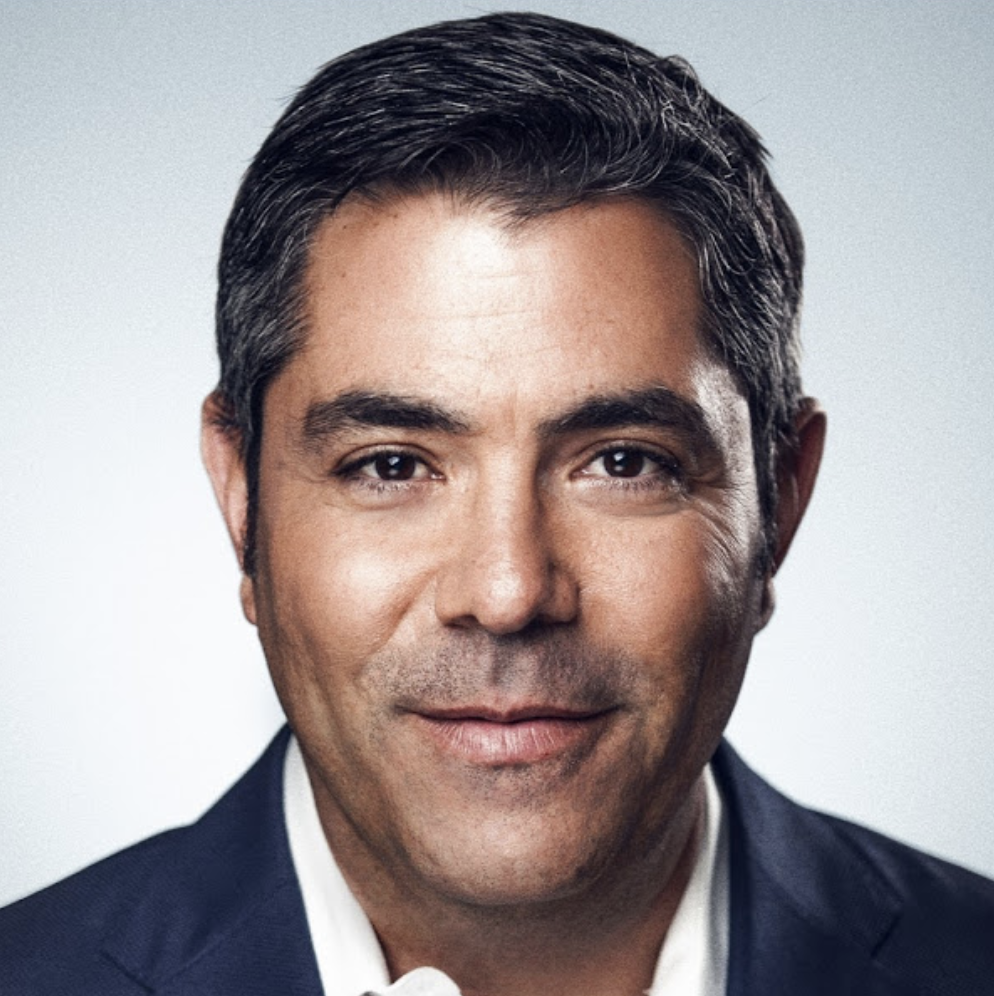
November 13, 2024 07:13 PM
Featured Stories
Why drugstore products are dominating influencer beauty routines—and what it means for marketers
Beauty creators are showcasing more products found on drugstore shelves in their social media content as economic uncertainty drives their audiences to cut back on unnecessary spending.




